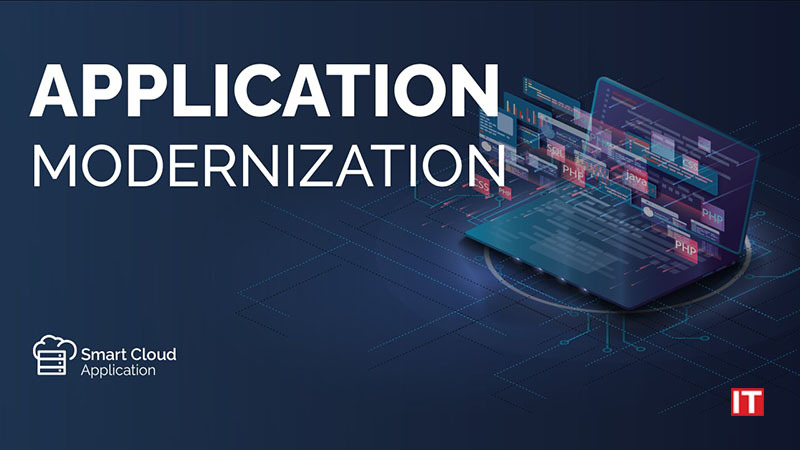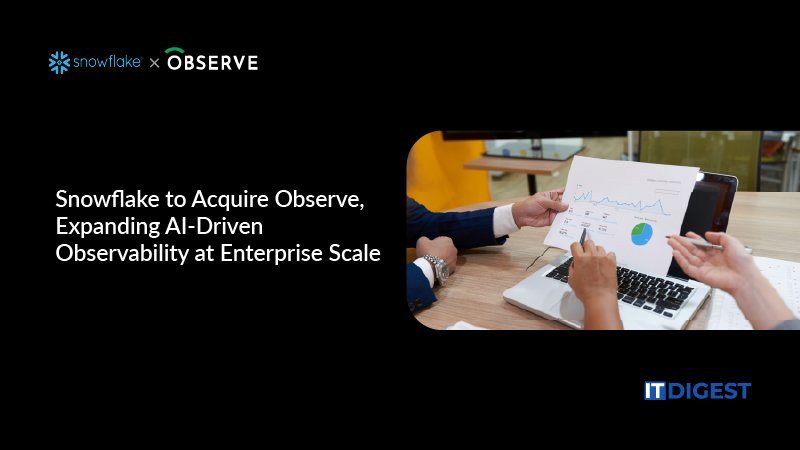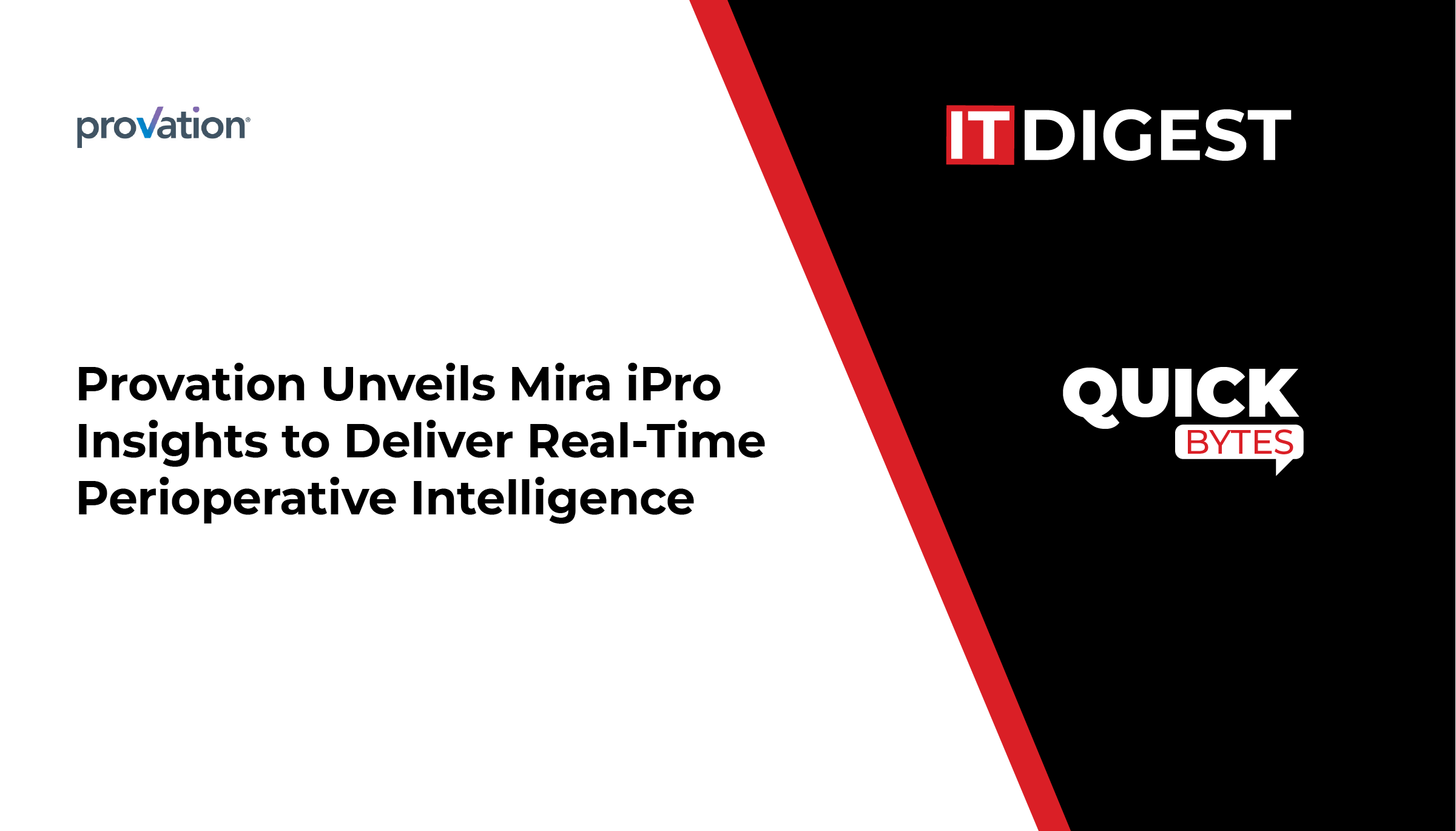Despite all the investment in digital transformation, many businesses still have a blind spot, critical business data is buried in unstructured documents. Contracts, invoices, medical records, loan applications, shipment receipts and insurance claims still hold information that is not accessible to enterprise systems.
Intelligent Document Processing (IDP) addresses this gap by combining artificial intelligence, optical character recognition (OCR), natural language processing (NLP) and machine learning to extract and structure information from different document types. By unlocking this data, businesses can streamline processes, reduce operational costs and make faster, better decisions.
This article will look at how IDP is changing document-heavy workflows across industries and how businesses are rethinking document intelligence as a strategic asset.
The Hidden Cost of Unstructured Information
Every day, businesses handle a flood of documents, emails, scanned PDFs, handwritten forms, and legacy archives. Much of this information is semi-structured or fully unstructured, making it hard to access or analyze. Manual data entry remains the norm, slowing down operations and tying up skilled resources in repetitive work.
But inefficiency isn’t the only issue. When key data is trapped in static formats, it can’t drive automation or decision-making. Delayed invoice approvals, missed clauses in contracts, or unnoticed compliance gaps all contribute to friction and lost value. The U.S. Chamber of Commerce has highlighted this same challenge in the public sector, where outdated paper processes continue to cause delays and costs across federal agencies.
Also Read Proactive vs. Reactive Cybersecurity: Which Strategy Protects Your Business Better
As digital transformation accelerates, unstructured information is becoming a serious business risk, not just a technical inconvenience.
What Intelligent Document Processing Really Does
IDP transforms static documents into structured, usable data. Unlike traditional OCR tools that simply extract text, IDP platforms combine OCR with AI to interpret context, recognize layout patterns, and apply logic. These systems can distinguish between a customer name and a shipping address, even if layouts vary.
From scanned insurance forms to handwritten medical notes, IDP handles complexity with minimal human input. It turns noisy, unstructured content into clean data streams ready for ERP, CRM, or workflow systems, no more manual matching or reconciliation.
Removing Bottlenecks That Slow You Down
The impact of IDP is clearest in functions that run on documents. In finance, legal, logistics, and healthcare, paperwork isn’t just background noise, it shapes timelines, compliance, and customer experience.
- Finance: Automates invoice processing, flags inconsistencies, and routes exceptions for faster cycles.
- Legal: Extracts contract terms, identifies risks, and speeds up reviews.
- Insurance: Digitizes claims, validates submissions, and streamlines adjudication.
- Logistics: Processes bills of lading and customs forms, reducing delays and boosting visibility.
- Healthcare: Structures clinical notes and forms, enabling faster, data-driven decisions.
Across departments, IDP helps teams move faster with fewer errors. It cuts down reviews, eliminates manual handoffs, and removes friction from core business processes.
Unlocking Data for Better Decision Making
 The real value of IDP goes beyond process efficiency. Once data is extracted and structured, it can be used across analytics, forecasting and strategic decision making layers.
The real value of IDP goes beyond process efficiency. Once data is extracted and structured, it can be used across analytics, forecasting and strategic decision making layers.
For example, structured contract data allows legal departments to assess risk exposure by region. Extracted financial terms from supplier documents can feed into procurement negotiations. Claims data extracted from historical forms can be used in fraud detection models.
When document data is integrated into enterprise analytics platforms, decision makers get a more complete and timely view of the business. Instead of relying on transactional data, they can factor in contractual terms, form inputs and historical records, many of which were outside digital workflows.
By turning documents into data assets, IDP enables a broader and more accurate intelligence layer across the business.
Integrating IDP into the Automation Stack
Intelligent automation efforts, whether through RPA, low-code workflows or enterprise integration platforms, often stall when processes require unstructured document inputs. IDP bridges the automation gap.
Once documents are digitized and interpreted through IDP, structured outputs can trigger workflows without manual gatekeeping. For example:
- An extracted purchase order can trigger a fulfillment request.
- A processed customer onboarding form can be routed into a CRM.
- An updated contract can trigger compliance updates in a governance platform. So IDP can automate processes that were too variable, document driven or manual to automate before.
IDP: From Pilot to Production
Intelligent Document Processing starts with identifying high-impact use cases where manual document handling is a bottleneck or risk. Most companies start with a limited-scope pilot in one department, often finance or operations, before expanding to cross-functional applications.
During pilot, teams define document types, map data fields to internal systems and train machine learning models to recognize context-specific elements. For example, a financial document model might be trained to recognize invoice numbers, payment terms and vendor IDs. Then accuracy is tested against historical records to ensure precision and minimize false positives.
Once confidence in data output is established, integration with existing systems follows. This can include connections to ERP systems, case management platforms or low-code automation environments. Throughout this process continuous feedback loops are key. The system learns from human corrections and improves extraction performance over time.
Scalability is dependent on modular architecture. Companies that implement IDP through flexible APIs and cloud-native models can add new document types and workflows without redeveloping everything. This modularity also supports multilingual document processing, regional compliance configurations and industry-specific platforms.
Connecting the Dots Across Systems
IDP acts as a bridge across disconnected enterprise systems. Once document data is captured and classified, it flows directly into the right platforms, ERP for finance, CRM for customer data, HR systems for employee records. Instead of staying stuck in silos, this data becomes accessible across the organization. As integration deepens, workflows move closer to real-time automation, with a single intelligence layer feeding multiple functions.
Built for Compliance from the Ground Up
 Industries that rely on strict documentation standards benefit heavily from IDP. These platforms create consistent data trails, reduce errors, and make real-time checks possible. For example, data pulled from invoices or contracts can instantly be flagged if it breaches policy thresholds. Audit teams can access original documents alongside metadata, streamlining reviews across legal, finance, and compliance functions.
Industries that rely on strict documentation standards benefit heavily from IDP. These platforms create consistent data trails, reduce errors, and make real-time checks possible. For example, data pulled from invoices or contracts can instantly be flagged if it breaches policy thresholds. Audit teams can access original documents alongside metadata, streamlining reviews across legal, finance, and compliance functions.
From Documents to Decisions
Speed of insight can shape competitive advantage. Procurement teams no longer need to scan thousands of contracts line by line. IDP can extract key clauses or penalties automatically. Finance teams can feed structured loan data into forecasting models without manual prep. This ability to move from document to decision quickly lets businesses respond faster to shifting markets or regulatory demands.
Freeing Teams for Higher-Value Work
Manual document tasks like entry, classification, and verification take up valuable time. IDP automates those steps, freeing up teams to focus on strategic activities. In banks, this means analysts focus on risk, not paperwork. In insurance, underwriters spend more time on product strategy than claim checks. Beyond productivity, it boosts morale, people get to work on what matters.
Accuracy and Governance in Enterprise
As IDP becomes embedded in the enterprise, governance becomes critical. Extracted data must be accurate, auditable and compliant with internal policies and external regulations. To support this companies are creating document data quality standards and validation frameworks.
These include:
- Confidence thresholds for auto-approval or manual review triggers
- Audit trails showing how and when data was extracted or corrected
- Role-based access controls for sensitive document types
- Monitoring dashboards for exception handling and throughput tracking
Compliance teams are also involved in defining what constitutes acceptable extraction variance, especially in regulated industries like financial services and healthcare. Where necessary extracted data is cross-verified with master data systems to maintain consistency.
Good governance means IDP output can be trusted in downstream workflows, from invoice matching to compliance reporting. It also gives internal stakeholders visibility into system reliability and model performance.
Real World Examples
Companies across industries are seeing measurable results after deploying IDP.
In February 2025, Softdocs launched its Winter 2025 platform release with major upgrades to its Intelligent Document Processing capabilities. The update introduced AI-powered batch capture, smart classification, and seamless integration features designed to eliminate manual document handling across finance, education, and HR workflows.
In March 2025, Merlin Search Technologies (Denver, CO) unveiled Alchemy, its next-gen document intelligence platform tailored for investigations and discovery use cases.
The platform uses generative AI to analyze large volumes of legal and investigative documents, helping teams uncover patterns, timelines, and key entities with minimal manual review.
IDP as a Foundation for Future Automation
As companies scale their digital operations, IDP is becoming the foundation layer of their automation architecture. It means documents, no matter the source, format or complexity, are treated as dynamic inputs to systems not static artifacts to be stored and searched.
By integrating IDP with AI decision engines, RPA and enterprise applications, companies are building end to end workflows that can initiate, execute and validate business actions without human intervention. For example, a digitized invoice with embedded tax discrepancies can trigger a dispute workflow. A flagged clause in a contract can initiate a legal review request within a contract lifecycle management tool.
These use cases show how document data is being embedded into decision systems not just digitized for archiving. This elevates the role of documents from reference materials to operational drivers.
Conclusion
Critical business data is hidden in plain sight in contracts, forms, emails and scanned documents scattered across the enterprise. While digital transformation has touched many operational systems, unstructured documents have been a blind spot.
Intelligent Document Processing changes the game. It turns static files into structured, connected data that systems can use. This removes friction from workflows, improves decision-making, and opens the door to automation that wasn’t possible before.
Companies that integrate IDP into their digital core will gain significant advantages, speed, compliance, cost and better decision making. In an environment where business agility depends on data fluidity, unlocking document intelligence is not a technical upgrade. It’s a strategic imperative.

































